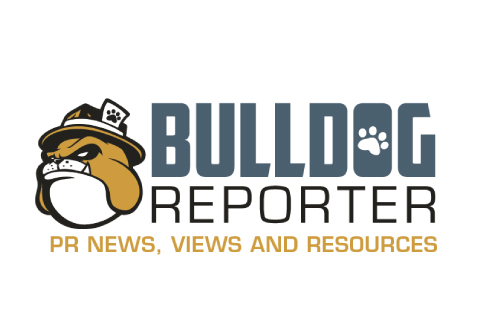
How Donald Jr.’s timing made disclosure crisis worse
BullDog Reporter / PR Agility Solutions
By Stan Steinreich
Another day and, unfortunately, another media hurricane surrounding the White House.
In an effort to get ahead of a critical New York Times story exposing his connection to a Russian lawyer, Donald Trump Jr. posts his emails on Twitter and is interviewed by Sean Hannity. But instead of avoiding the media tsunami, his strategy just throws more fuel on the fire.
Kudos to the younger Trump for trying. In theory, he played out a classic crisis communications strategy—however, here it plays out as “too little too late.” The time to have gotten ahead of this would have been months ago when the Russian connection first surfaced. Further, the one element of this classic strategy that’s missing is the element of taking control of the narrative after going public with it.
We advise clients who are going through crisis situations all the time and have run the same drill many times before. The tip we would have given Trump is that the interview should have been with another “safe” media contact much earlier in the day, instead of waiting for Hannity’s high-profile evening broadcast. Had he done that, portions of that interview would have run there and other news networks all day long—and the story might have subsided within the 24-hour news-cycle.
Instead, because of the evening timing of “Hannity,” the story spilled over into yet another day. Containment is a key element of crisis communications, and because of a simple timing issue, the younger Trump’s interview exacerbated the negative story.
Even worse, there was never a well-messaged and positioned statement issued. Trump Jr. used his social media, keeping it simple and direct, which unfortunately for him, did not permit him to clearly state his messages and, once again, caused him to miss the opportunity to fully control how this story was being shaped.
There are other elements to this story that are complicated. While months ago, all the people involved in this matter were part of a unified group represented by a single unified message, today they have all lawyered up individually. Each has a different group of advisors and that makes it almost impossible to maintain a consistent message across the entirety of those involved. Again, this is one of the challenges of waiting too long in crisis situations.
Stan Steinreich is president and CEO of Steinreich Communications, an international public relations firm with offices in New York, Washington, Los Angeles, Tel Aviv, London, Frankfurt and High Point, North Carolina.

